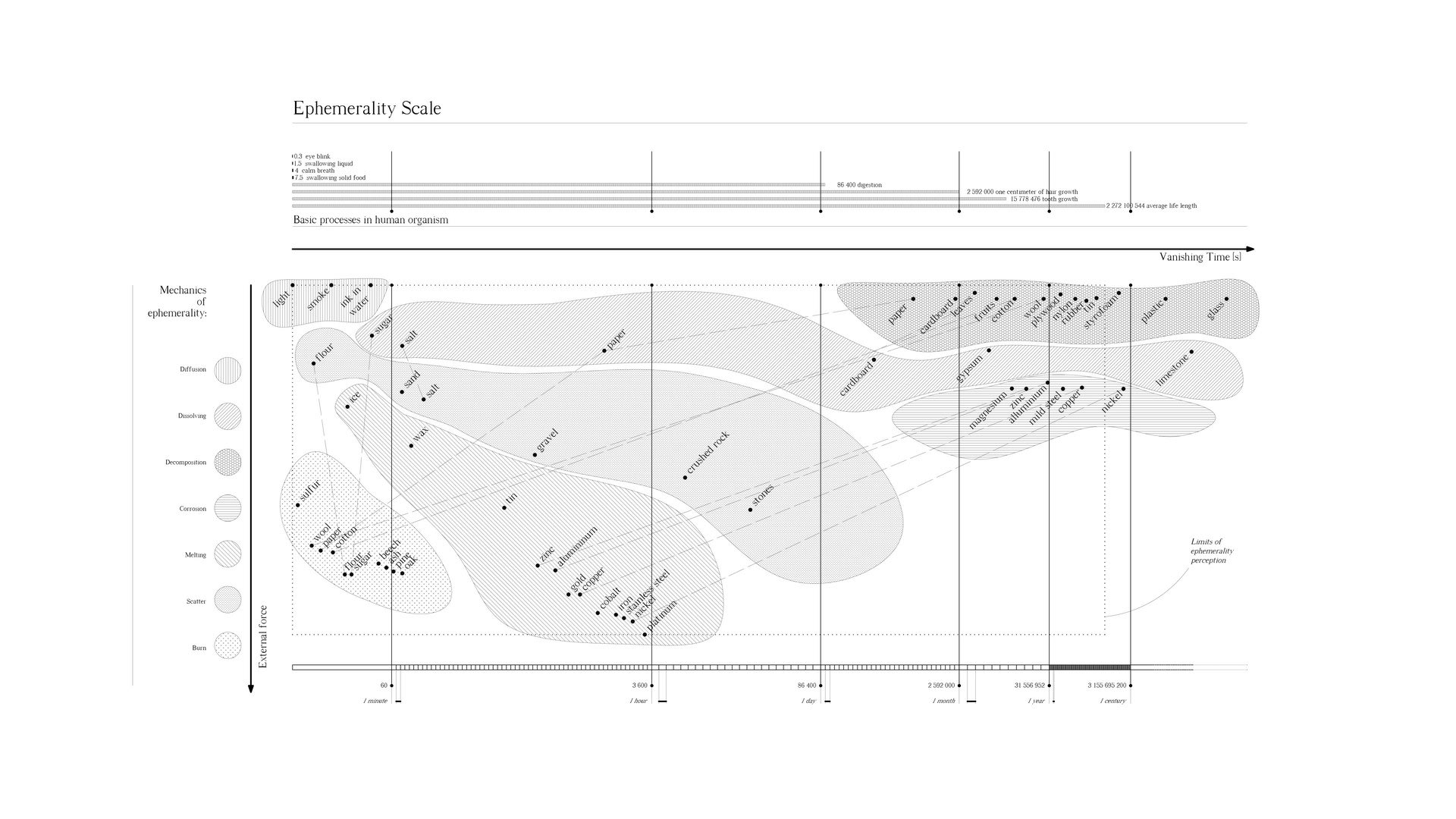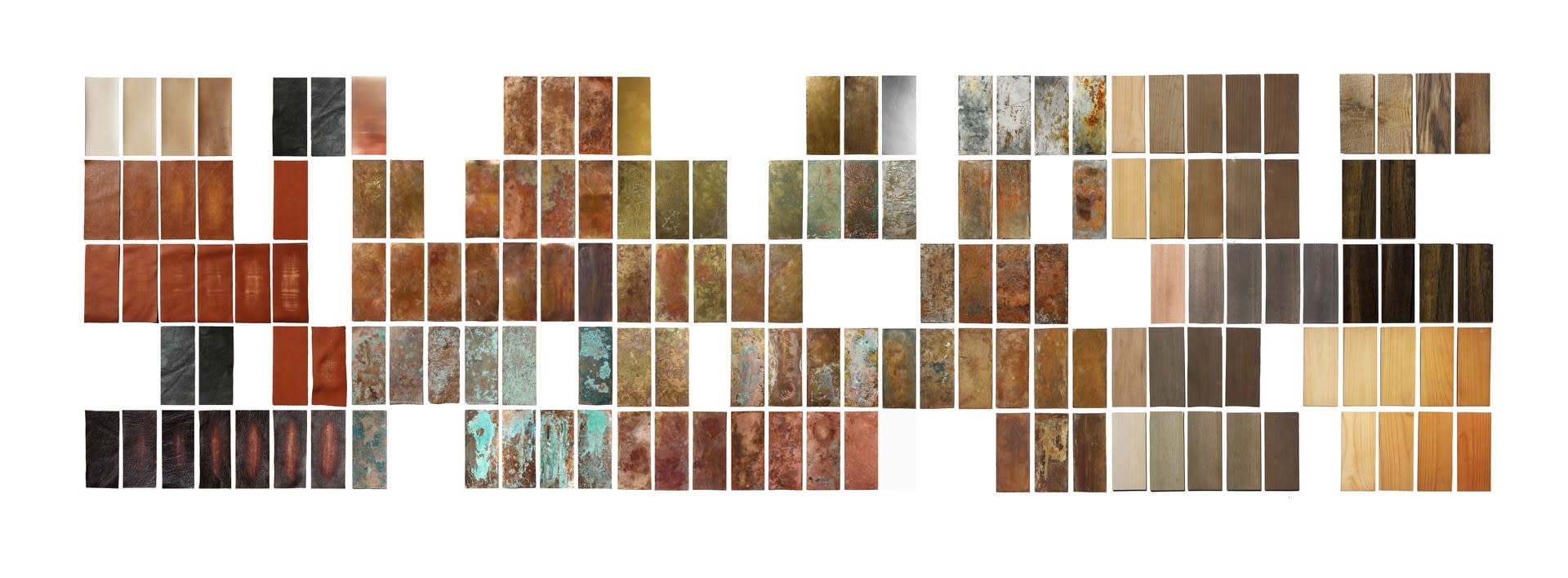From the beginning of my architectural education, an important part of my design approach has been processuality and multi-sensory experience of space. I always imagine architecture in a movement as a sequence of spaces perceived and experienced by its visitors. I have kept in mind that a building not only exists as an isolated monument, but also to develop an active relationship with people. In my practice, I tend to focus on the sensory, poetic and narrative aspects of space.
Prior to my time at RCA, I studied Architecture at Wroclaw University of Science and Technology, where I graduated with a thesis project titled “Hi-Fi: Sound Spaces”. The project is a criticism of soundscapes in contemporary cities and proposes a variety of acoustic spaces as a way to rediscover the potential of hearing.
Studying MA Interior Design at RCA gave me an opportunity to explore the human side of space. Interior Matter Platform, especially the theme ’Material and Performance’, developed my understanding of the relationship between human behaviours and man-made environments, whilst focusing on the important role of materials in design.




![[untitled]](https://res.cloudinary.com/rca2020/image/upload/f_auto,h_1360,w_1920,c_fill,g_auto,q_auto/v1/rca2021/60c60115101fec8c9f18984e-412761?_a=AXAH4S10)
![[untitled]](https://res.cloudinary.com/rca2020/image/upload/f_auto,h_1068,w_1920,c_fill,g_auto,q_auto/v1/rca2021/60c60115101fec8c9f18984e-528502?_a=AXAH4S10)
![[untitled]](https://res.cloudinary.com/rca2020/image/upload/f_auto,h_426,w_1920,c_fill,g_auto,q_auto/v1/rca2021/60c60115101fec8c9f18984e-514369?_a=AXAH4S10)


![[untitled]](https://res.cloudinary.com/rca2020/image/upload/f_auto,h_1045,w_1920,c_fill,g_auto,q_auto/v1/rca2021/60c60136101fec8c9f18cd52-356212?_a=AXAH4S10)
![[untitled]](https://res.cloudinary.com/rca2020/image/upload/f_auto,h_1440,w_1920,c_fill,g_auto,q_auto/v1/rca2021/60c60136101fec8c9f18cd52-272775?_a=AXAH4S10)
![[untitled]](https://res.cloudinary.com/rca2020/image/upload/f_auto,h_1080,w_1920,c_fill,g_auto,q_auto/v1/rca2021/60cc923998de755bbf7176ba-5088?_a=AXAH4S10)
![[untitled]](https://res.cloudinary.com/rca2020/image/upload/f_auto,h_764,w_1920,c_fill,g_auto,q_auto/v1/rca2021/60cc923998de755bbf7176ba-219113?_a=AXAH4S10)
